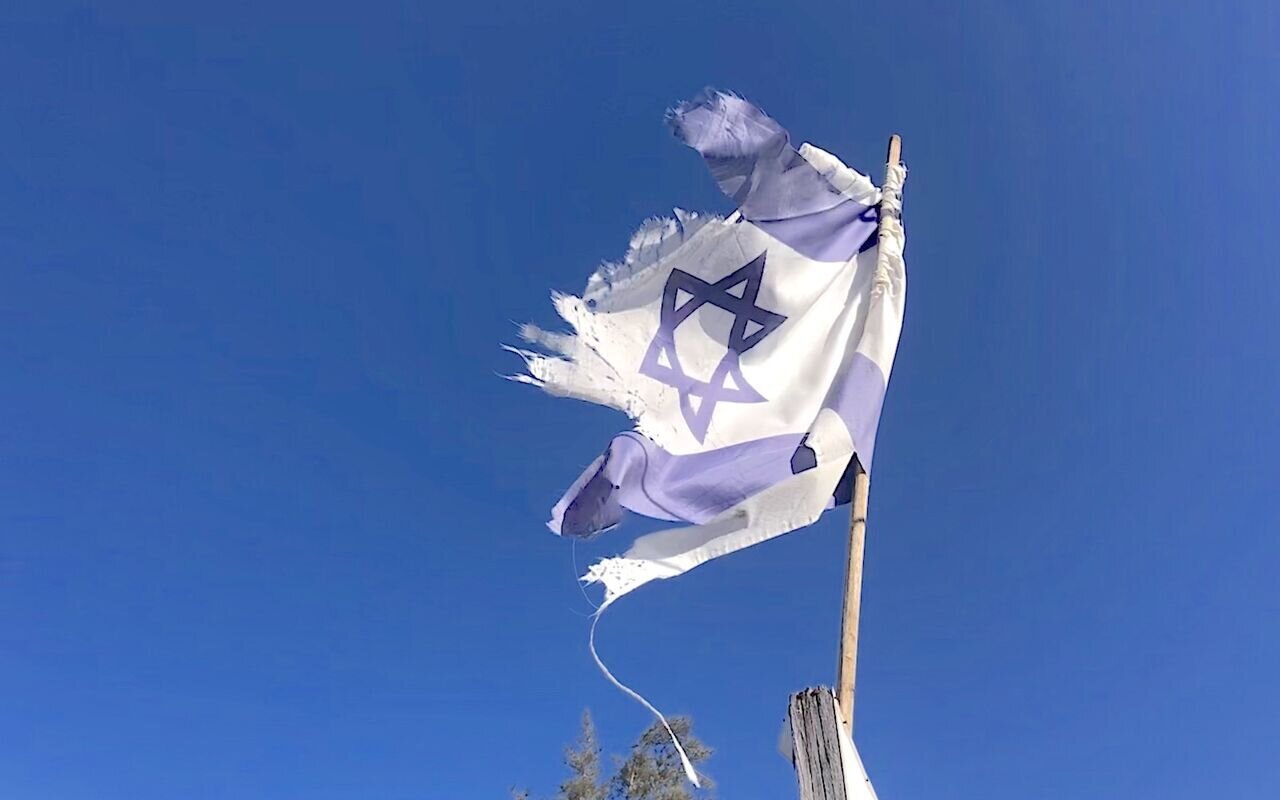The Vague Future, If Any

Although nearly all observers, even the most pro-Israel ones, agree on the fact that the Zionist Regime will never experience its pre-October 7 status ever again, but there’s little to no consent among them over how it will look like in the future, if it has any. Anticipations are mostly about how the failure of the Israeli terrorist army in Gaza will look like, but “the day after war” is a notion largely left unnoticed.
Some Israeli analysts, however, have occasionally found it necessary to talk about the status of the Zionist Regime after the war is over. In one of the latest instances of the effort to open the Israeli publics’ eye to the vague future before them, an Israeli media published the results of an analyst’s survey of the major challenges Israel is going to face in the near future. The main talking points of this study are as follow:
The war against Gaza was resumed after a short break and the challenges of Israel’s government are increasing. The tactical achievements which might intensify during this round of operations must be turned into a general strategy. We need to buy time, because we have no other option. Only a decisive victory can guarantee our deterrence status and security in the Middle East [West Asia]. Encountering this necessity, we are going to face four major challenges:
First, dismantling Hamas. Although this is not science, but we can estimate that destroying %60 of Hamas’s military arm means total destruction of Hamas. This means that we should defeat 16 regiments of the total 24 regiments it possesses. Further, the senior leadership should be eliminated with an extra emphasis on Yahya Sinwar. The underground system should be neutralized, and the controlling entities of Hamas over Gaza should be annihilated. The current situation leads us to the conclusion that we are still far from this objective. There’s a lot of work to be done in the north of the Gaza Strip and we have just started in the south. The war will be more complicated in the south because it’s a more compacted area, specifically after one million more people are moved there. As of this moment, nearly 2 million people are living in an area as big as 200 square meters. The war’s “duration” is limited with three components: the domestic legitimacy of the Israeli society, the length of the America’s “rope”, and the amount of time required for achieving the war’s objectives. All three components are challenging the continuation of war.
Second, the campaign management at a political level. War and politics work shoulder to shoulder. This is a type of perfection also known as the “big strategy”. This is one level upper than the military strategy and also the most important level during a war. National security is much more inclusive than a mere military effort: economics, foreign affairs, and domestic politics. Such multi-dimensional activity is necessary, but not only in the south. For instance, pushing Hezbollah out and far from the border in the north is possible only through a combination of military and political efforts. This is essential for reinforcement of the settlements as well as confrontation with the strategic threats of Yemen for Israel’s maritime transportation. The war cabinet is a security one. Its existence is important, but it cannot replace a cabinet which represents other elements of national security and not just the military forces.
Third, lack of transparency about the day after the war. To buy time at a political level, we need to provide a perspective on the future and an executive strategy. The more our planning is explicit, the more patient the U.S. will be. The American strategic planning is famous for its accuracy. The first time they did something opposite to this, they were defeated in Afghanistan. They remember this and don’t want us to repeat such a mistake. For the U.S., it’s not enough to describe what’s NOT there. Even if it’s vague, having a realistic vision is a good thing. In other words, having a basic roadmap the realization of which might take several years is much better than the current situation (not having any roadmaps).
Fourth, the empowerment of Iran. Iran is interfering with the war but pays no price. Its reference strategy is paying off well. Everyone is working while Iran sits back and watches. As long as it relates to Iran, this its first strategic success in the region. For us, this feeling of success can increase the risk of a multifront war. Iran’s nuclear program continues to soar and might be accelerated due to events in Gaza. We were not distracted by Gaza and the problematic reality didn’t change— Iran is at the brink of developing nukes and today it knows that a war with Israel and the U.S. is something it can fall into, even if it has not planned for it. Hamas gifted Iran, Russia, and China by stopping the process of normalization of relations between Israel and Arab countries. Hamas, for sure, surprised the axis and voluntarily sacrificed itself.
And lastly, Hezbollah successfully managed to evacuate the northern settlements and force Israel to change the status. It continues to comply with the strategy of a limited campaign against Israel, below the threshold of a war. Putting Israel under pressure by Hezbollah is another heartwarming sign of success for Iran.
There are many challenges to mention. If they are not paid attention to, an impossible anomaly will be created. We should not overlook and postpone encountering these unpleasant challenges, including the day after the war, Houthis, and the challenge of Iran.
Leave a Comment